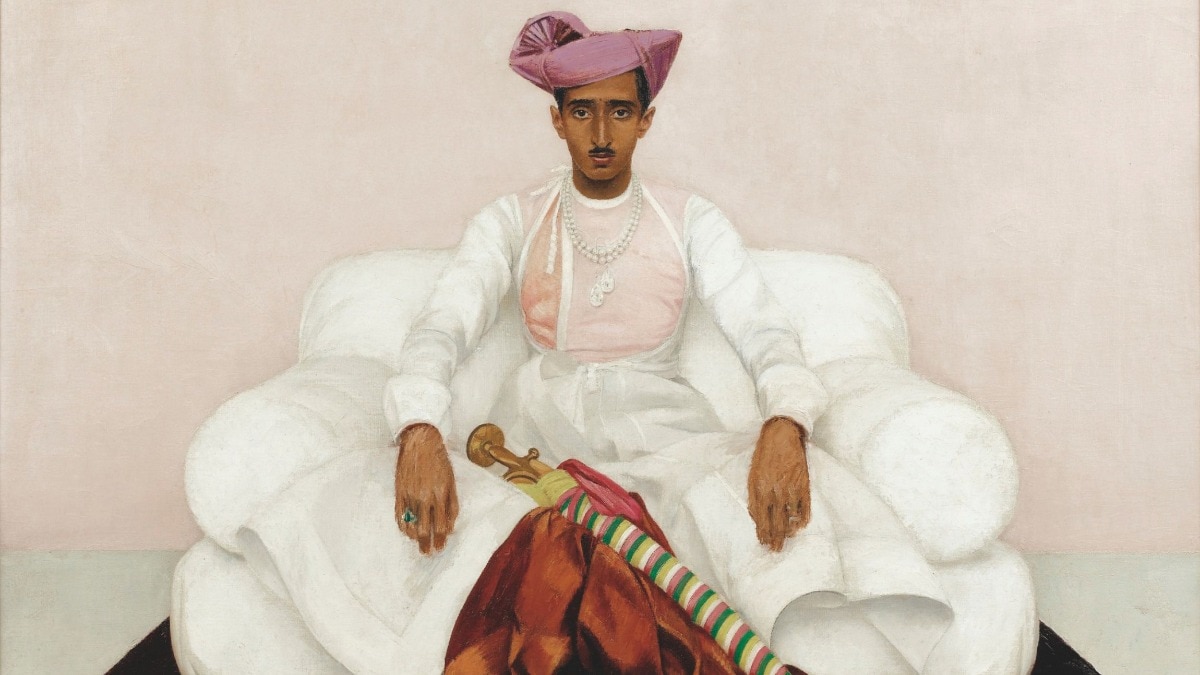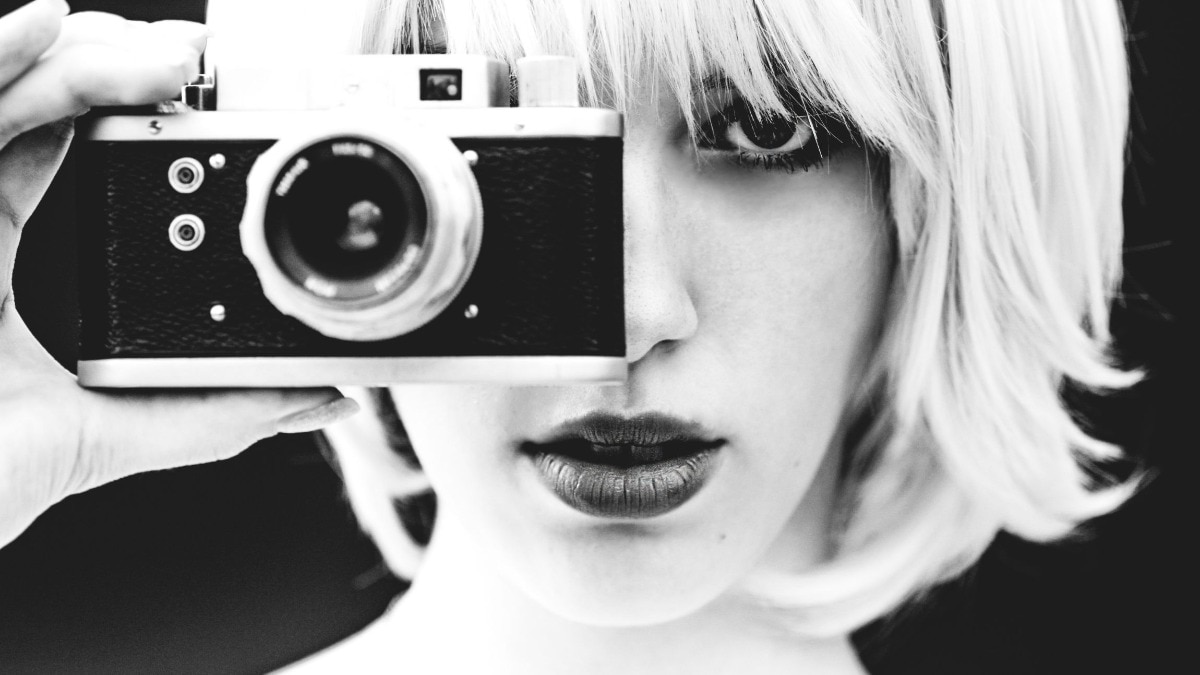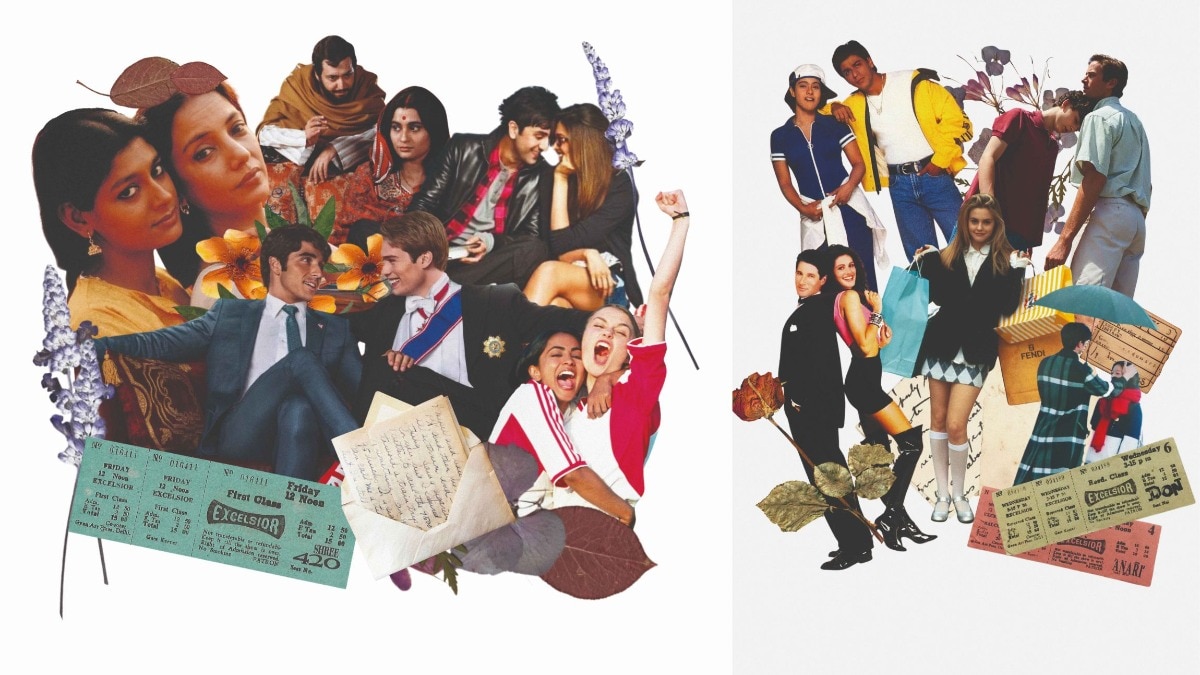This is what binds together the fabulous world of fashion
Part one of this feature sees a host of creative figures unstitch the stories behind the pieces they cherish the most.


The clothes we wear have the power to both reveal and conceal our true selves; vestiges of our past, present, and future are woven into their very fabric. Here's a fascinating read where some leading couturiers share their insights on how they've made a mark for themselves.
STEPHEN JONES: on the dark drama of mask-making

By its very nature, anything sitting on someone’s head is strange, so surrealism has always informed my work as a milliner. Soon after Maria Grazia Chiuri joined Dior, we were having lunch and she was talking about wanting to do a surrealism-inspired couture collection for spring/summer 2018; eventually, we landed on masks as a suitable accompaniment to the clothes. In Britain, we tend to see masquerading as all rather good fun—but Maria Grazia explained that, in Italy, masks have a deeper, darker meaning. What are you hiding? What are you showing?
We looked at feathered masks, drawing on those by the artist Leonor Fini, and various geometric, modernistic versions for the tailoring, but to go with a particular black, semi-transparent ruffled dress, we crafted one out of 15 layers of black tulle, each cut slightly smaller than the last. Its shape was inspired by Peggy Guggenheim’s ‘bat’ glasses, made for her by the American painter Edward Melcarth. The result creates an illusion—it both offers and takes away an opening into the wearer’s personality.
With headgear at Dior, it has to be part of Maria Grazia’s complete vision—my heart is always in my mouth when we finally put the pieces together before sending them down the runway. And the great thing with anything surrealist is that the object has to be beautiful first—only after that can it look like a nose or whatever. For any designer, you can create fun, you can create fashion, but the thing that you most hope to do—and that is, of course, most elusive—is to create beauty. You very rarely achieve it, and you’re always seeing the mistakes you made. But I think, in this mask, I produced something beautiful, and made the person who was wearing it beautiful, too
ROLAND MOURET: on the genius and generosity of Azzedine Alaïa

When I first arrived in Paris in the Eighties, coming from the South of France—the son of a butcher, with a strong regional accent—I had no idea how to get into the fashion world. At the time, everything was very flamboyant and in your face, and I just thought, that’s not me. But hearing about Azzedine Alaïa presenting his first collection in his own home in 1981 helped me to understand that all you need to get started is what you have in your hands. I met him four years later, when I was lucky enough to be invited into his kitchen for dinner, and I remember teaching him a song in old French patois. I related to him emotionally because his success felt like the revenge of the outsider.
There’s a particular Alaïa look whose silhouette is imprinted on my brain. It’s a black two-piece set—a tailored jacket with a fishtail skirt—and it was worn by Christy Turlington in 1992. I saw it pictured in a magazine and I remember tearing the page out to keep, because for me it represents everything I admire about Azzedine’s designs—it screams femininity, it’s restrained yet free, there’s such a sense of power in it…
Azzedine wasn’t an easy man—none of us fashion designers are—but he liked to take care of people. He’d listen to you and give you advice, and sometimes kick your ass if you needed it. I think the thing I really took from him was his understanding of the female body. We dress not to cover but to complete ourselves, so when you design for a woman, the aim is to show that she has a story, experience, things she can share. Clothes are just a tool to make you look at the person who is wearing them—I learnt that from Azzedine Alaïa.
ANYA HINDMARCH: on creativity, controversy and her crisp-packet clutch

It all started with a packet of Walker’s crisps sitting on one of the team’s desks. We were thinking about concepts for evening bags and noticed what a lovely, fluid shape a crisp packet has. I’ve always liked the idea of making the everyday extraordinary; there’s humour in taking something you know and rendering it in the most beautiful way possible. So we decided to design a version in metal that would open up like a clam shell.
Only once we got started did we realise how complicated the process would be—first, we had to photograph the packet from all angles to build a digital version, then we made a wax casting mould that we filled with molten metal, and out came the shape, ready to be hand-polished and gold-plated. It really was like creating a piece of art.
That bag felt like such a special piece for us, but things went a little mad when it unexpectedly became the centre of an enormous press furore. It was after the 2014 Met Gala; Solange Knowles got into a fight with Jay-Z and lobbed him with our crisp-packet clutch. The next day, we had the world’s press on our doorstep, and the phones ringing off the hook. We’d never been trained in that kind of crisis media, but we were being pressured to respond publicly. In the end, we decided humour was the way forward, so we released a campaign with a picture of the bag and the slogan ‘The crisp packet worth fighting for’. Of course, it generated a lot of debate about whether our response was in bad taste or quite fun. The whole thing was a baptism of fire—I call it my MBA in handbag-making
AMANDA HARLECH: on a whimsical couture encounter with Karl Lagerfeld

I first wore this black and white silk-tulle Chanel dress, designed by Karl Lagerfeld, during the 2008 couture fittings. I had seen the sketch and then a version in toile, but the minute it appeared in its real fabric, I fell in love. Karl said to me: ‘It’s very you.’ It is a gown of infinite detail, with intricately pleated organza that looks like it’s being blown in the wind, tiny ruffles and embroidered edging. The whole shape is like an arabesque.
This became my most treasured piece because it allowed me to be that slightly fantastical, romantic witch—qualities Karl liked in me. It’s lovely to wear in the sense that you don’t have to be strapped into a corset and you haven’t got weighty crystals digging into you, which, after a couple of hours, begin to be quite onerous on some dresses; this one feels light as air, even with the train that trails behind on the floor.
I’ve worn the gown so many times, and all the patina of wear has just added to it. One particularly memorable moment was when Daphne Guinness and I did a shoot together, photographed by Karl. Daphne was in Alexander McQueen and I was wearing this dress, but we swapped clothing at one point. It was really eerie, because it was like looking at myself.
Its emotional significance has changed for me over the years. When Karl was alive, it was a dress that set me free to dream. Now he isn’t here any more physically, it is also bound up with memories of him. If I wore it tomorrow, I would be thinking about Karl and his exquisite sense of decoration, form and movement.
ISABELLA HAMMAD: on the theatrical allure of an heirloom piece

When I was a child, I thought a dressing-up box was an important feature of any household. Ours was a wooden chest with a heavy lid that, over the years, contained a varying combination of costumes from school plays, keffiyehs and iqals (Arabic scarves or headdresses and cords to tie them), two little embroidered Turkish waistcoats and flat caps, homemade angel wings constructed out of coat-hangers and old tights, a few small thawbs (Palestinian embroidered dresses), holey black clothes from the Eighties repurposed as witch outfits, some witch’s hats, a pink feather boa, a coin necklace, tinsel. My maternal grandparents also had a dressing-up box, mostly full of garments no one wanted anymore, or that had torn or been outgrown. My cousins and I gravitated towards their box whenever we visited to rehearse plays that, sometimes, we performed. A favourite item was a simple turquoise-green silk dress with capped sleeves and an elasticated waist. The associations of this dress were intense for me because it was similar to the shade of one worn by Julie Andrews as Fräulein Maria in The Sound of Music, when she returns to the von Trapp family from the abbey having been told by the Reverend Mother that she would never be a nun but must instead marry Christopher Plummer and try to ‘Climb Every Mountain’. It was, of course, huge on me as a child. Later, I found out that my mother had made it when she was a teenager. My grandmother had assigned each of her five children a colour, and hers was green.
Somehow the green silk dress made its way back into our home, into my parents’ cupboard—a tiny walk-in sloped-ceilinged room off their bedroom with a door that locked, and where we were not supposed to go because birthday presents were hidden there. Partly because of its semi-illicit status, the cupboard was a coveted place to hide. When I was older, I raided it for my mother’s wardrobe: an oversize prawn-pink cardigan that in retrospect I’m sure was hideous; some high-waisted side-zipped trousers that I wore even though they didn’t fit me. The zippers broke; I used safety pins. Also: baggy old shirts, a sparkly gown, a strapless black one. My mother started to enjoy dressing me in her old things when I came home from university, in part, I think, to discourage me from buying new ones. I remember the jewel-like colour of the turquoise dress casting its old spell on me. I started wearing it again at 19, and,buckling a brown leather belt around my waist, felt a little matron-ish and virtuous and out of time all at once, like Maria von Trapp, the bad nun, returning from the abbey to meet her destiny before fleeing the Nazis over the Alps. Later, I wore it without the belt. Sometimes I added a cropped black polo-neck. Sometimes, boots.
I once saw a photograph of my mother wearing it in the Seventies, barefoot on a beach beside her sisters. Apparently the skirt was originally flared, but in the Eighties she narrowed it around her calves to follow the fashion. The simple cut, the boat neck, the in-between colour, neither exactly green nor legitimately blue, were a bit magic. Sometimes, when I was getting ready to go somewhere and she wanted me to feel special, she’d say in an almost comically knowing tone,‘Maybe you should wear the green dress?’ About five years ago, the skirt ripped across the back. I tried to darn it; it ripped again. I tried a bit of sticky tape—useless. The silk was old and may have simply worn down, but my bottom was also bigger than hers had been and my hips were wider. Eventually, we decided that, rather than throw it away, we’d slice off the base and turn it into a top. Occasionally, I wear this shirt. In my mind, the turquoise-green dress lives on, telling me to Climb Every Mountain.
This piece originally appeared in the March 2023 issue of Harper's Bazaar UK










